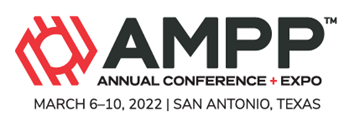Search
Plasma Coating Removal: a Safety and Industrial Hygiene Analysis
Also Purchased
Surface Soluble Salts Impact on Protective Coating Performance
Product Number:
51220-277-SG
Publication Date:
2020
$20.00
Atmospheric Plasma Coating Removal For Naval Engineering And Maintenance Applications
Product Number:
51322-18170-SG
Publication Date:
2022
$20.00
Testing of Coatings for Shielding of Cathodic Protection Currents
Product Number:
51220-235-SG
Publication Date:
2020
$20.00
Recently viewed




